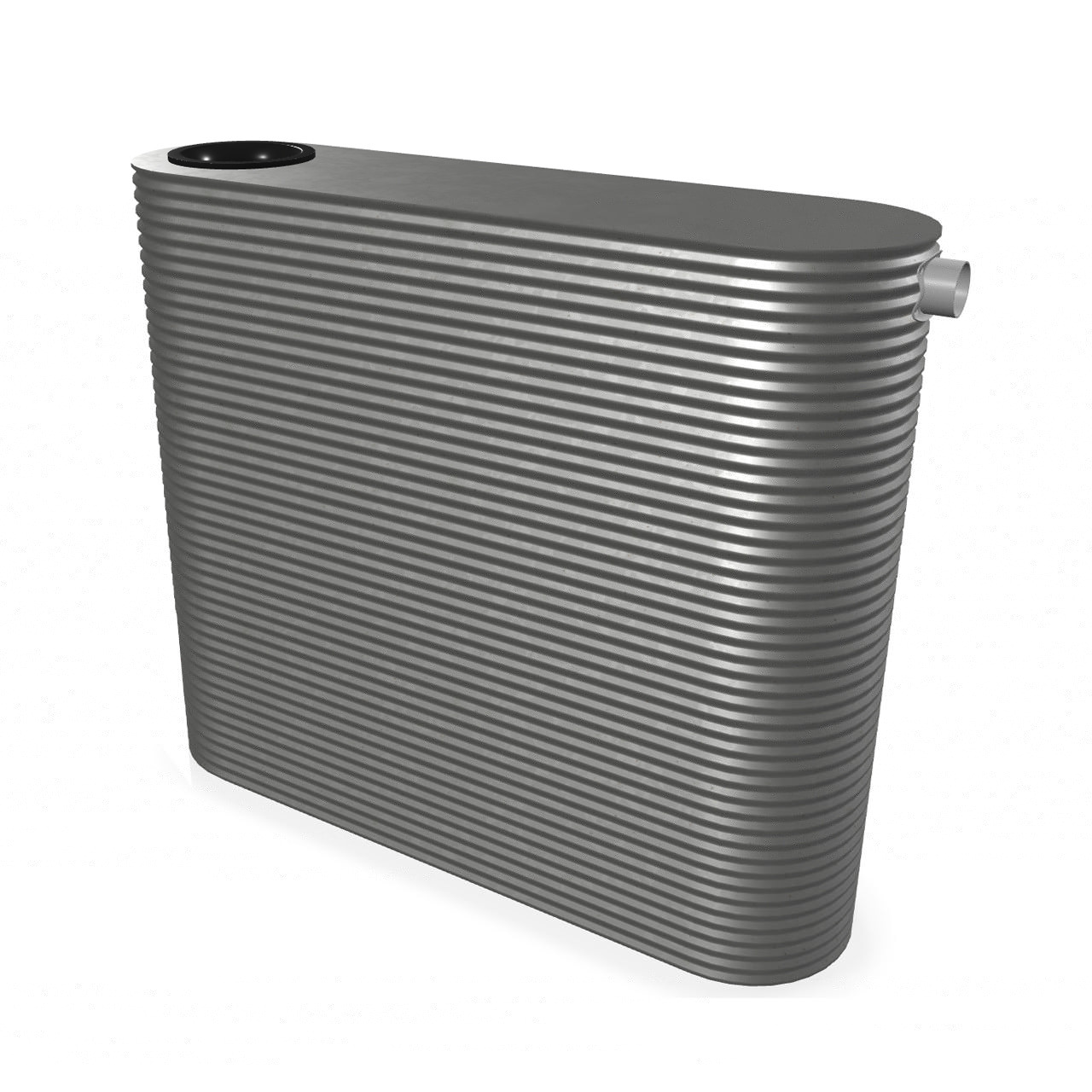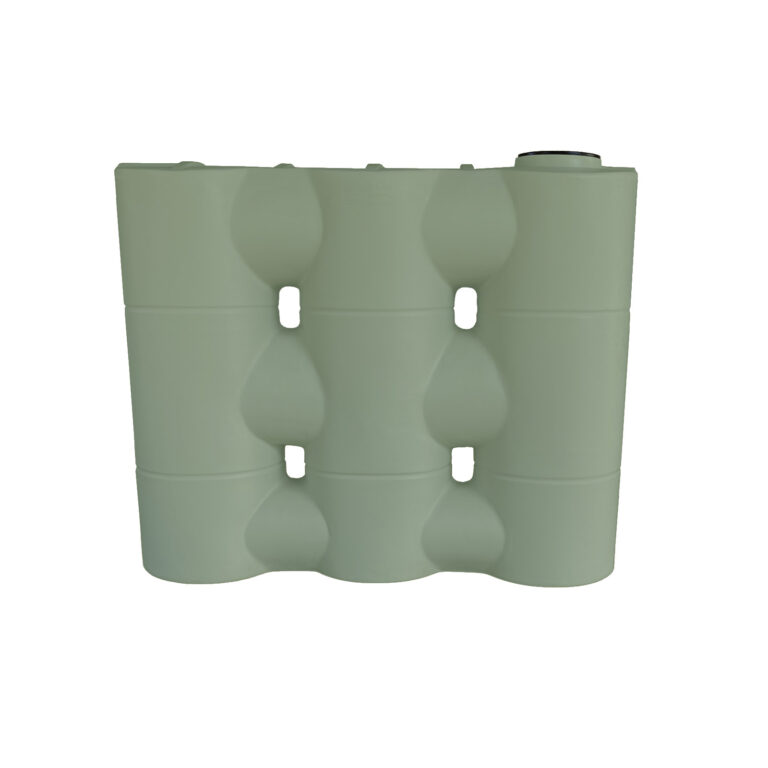Slimline Water Tanks: The Perfect Option for Urban Water Storage Space
Slimline Water Tanks: The Perfect Option for Urban Water Storage Space
Blog Article
Understanding the Value of Rain Tanks in Drought-Prone Regions for Water Security
In areas vulnerable to long term dry spells, the role of rain tanks in strengthening water safety is a topic of growing relevance. As neighborhoods face the obstacles of water scarcity, recognizing the relevance of these tanks goes past mere collection of rain. Rainwater storage tanks function as an essential tool in minimizing the impact of water shortages by supplying a sustainable resource of water for numerous requirements. The real value of rainwater storage tanks extends much beyond mere storage space; it includes resilience-building actions and the promotion of lasting water conservation strategies. This complex approach to water safety warrants a more detailed examination of the function rain containers play in making certain a trustworthy water during times of drought.
Advantages of Rain Containers
Using rainwater containers uses a sustainable solution for boosting water supply and improving water safety and security in residential and business settings. One of the primary advantages of rain tanks is their capacity to decrease dependence on mains water supply.

Rainwater Harvesting Techniques
Rainwater harvesting techniques encompass a series of techniques created to successfully gather and keep rain for numerous purposes, adding to water conservation and sustainability. One typical technique is the installment of rooftop catchment systems, where rain is collected from the roofing of a structure and routed to a tank. This technique is fairly straightforward and affordable. An additional popular technique is using above-ground or below ground storage tanks to save rainwater for later usage. These containers are available in various dimensions and materials to suit various needs and can be connected to the existing plumbing system for easy gain access to.

Additionally, rainfall yards and permeable pavements are cutting-edge techniques that include landscape design or paving surfaces in a method that enables rain to percolate right into the ground, replenishing groundwater books. In addition, shape farming and terracing are agricultural practices that assist record rain and prevent soil erosion in uneven surface. By applying these diverse rainwater harvesting techniques, neighborhoods can improve water security and resilience in drought-prone regions while promoting sustainable water administration methods.
Relevance of Water Protection
Ensuring reputable accessibility to tidy and enough water sources is extremely important for sustaining human health and wellness, economic advancement, and environmental wellness. Water safety is an essential facet of social strength, specifically in areas at risk to dry spells and water Continued deficiency. Ample water protection incorporates numerous measurements, consisting of accessibility, high quality, and availability of water for residential, agricultural, industrial, and ecological demands.
Water safety plays a vital function in promoting public health by reducing the frequency of waterborne conditions and making sure cleanliness facilities. Financially, water safety is vital for agricultural productivity, commercial operations, and overall financial growth. Slimline water tanks. Water protection is carefully linked to ecological sustainability, as it supports ecological communities, biodiversity, and general ecological equilibrium.
In drought-prone regions, water safety becomes a lot more critical as a result of the increased threat of water shortages. Applying methods like rainwater harvesting, water recycling, and effective water management methods can significantly boost water security in these locations. By prioritizing water protection, neighborhoods can better stand up to the influences of climate adjustment, population development, and various other difficulties that intimidate water availability.
Enhancing Water Resilience
With enhancing global water challenges, constructing resilience in water supply has ended up being a crucial emphasis for sustainable growth efforts. Enhancing water durability involves carrying out methods to guarantee water accessibility and top quality when faced with transforming ecological conditions, such as look here droughts, floods, and pollution.
One key element of boosting water resilience is promoting using rain storage tanks in drought-prone regions - Slimline water tanks. Rain containers offer as an effective means of catching and keeping rainwater for later usage, reducing dependence on scarce freshwater resources during dry periods. By including rainwater harvesting systems into water administration strategies, communities can boost their capacity to endure water scarcity and keep water protection

Lasting Water Preservation
Amidst escalating water difficulties, the sensible monitoring of water resources through sustainable conservation methods is essential for guaranteeing long-lasting ecological security and social health. Sustainable water conservation entails the efficient use water resources to satisfy present requirements without endangering the capacity of future generations to fulfill their very own needs. By executing strategies such as rainwater harvesting, greywater recycling, and water-efficient technologies, communities can decrease water wastage and reduce pressure on freshwater sources.
Additionally, sustainable water conservation practices contribute to ecosystem health by maintaining adequate water degrees in rivers, lakes, and marshes, sustaining biodiversity, and protecting natural habitats. These techniques additionally play a critical duty in alleviating useful link the influences of climate change by helping to adjust to altering precipitation patterns and water availability.

Verdict
Finally, rainwater containers play an essential function in enhancing water safety and strength in drought-prone areas. By utilizing rainwater harvesting methods, areas can lower their reliance on standard water resources and promote lasting water preservation practices. This not only aids mitigate the impacts of water shortage throughout dry spells yet also contributes to long-lasting water safety and strength despite environment change challenges.
Report this page